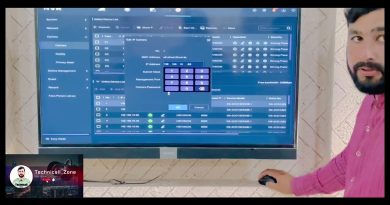List Open Files and Users Accessing Them on Your System | Using lsof for System Administration
In this video, @LearnLinuxTV breaks down the lsof command. This command is a useful utility tool for listing open files on your system.
New to Cloud Computing? Get started here with a $100 credit → https://www.linode.com/lp/youtube-viewers/?ifso=linodetube&utm_source=youtube&utm_medium=TopDocs
Chapters:
0:00 Introduction
0:56 Overview of lsof Command
2:37 Columns Breakdown: Command, PID, TID, User, Node, Name
7:57 See the Number of Open Files
10:00 Narrow Down the Output: Name & Process
13:07 Narrow Down the Output: PID
14:00 Real-life Example
16:40 Exclude a User from the Output
17:55 Find Out the IP Address
19:35 Conclusion
Read the doc for more information on lsof command → https://www.linode.com/docs/guides/lsof/
Learn more about basic Linux commands → https://www.linode.com/docs/guides/basic-linux-commands/
Subscribe to get notified of new episodes as they come out → https://www.youtube.com/channel/UCf8uu3IE42b6hRUusufEH8g?sub_confirmation=1
#AkamaiDeveloper #lsof #Linux
Product: Akamai, lsof, Linux; @LearnLinuxTV
ip address




Hi Jay, thank you for all your videos. They are very helpful for me returning to Linux after a very long hiatus with Windows.
At about 4:15, I can hear you say Thread ID but the caption thinks it's "threat" ID.
18:10